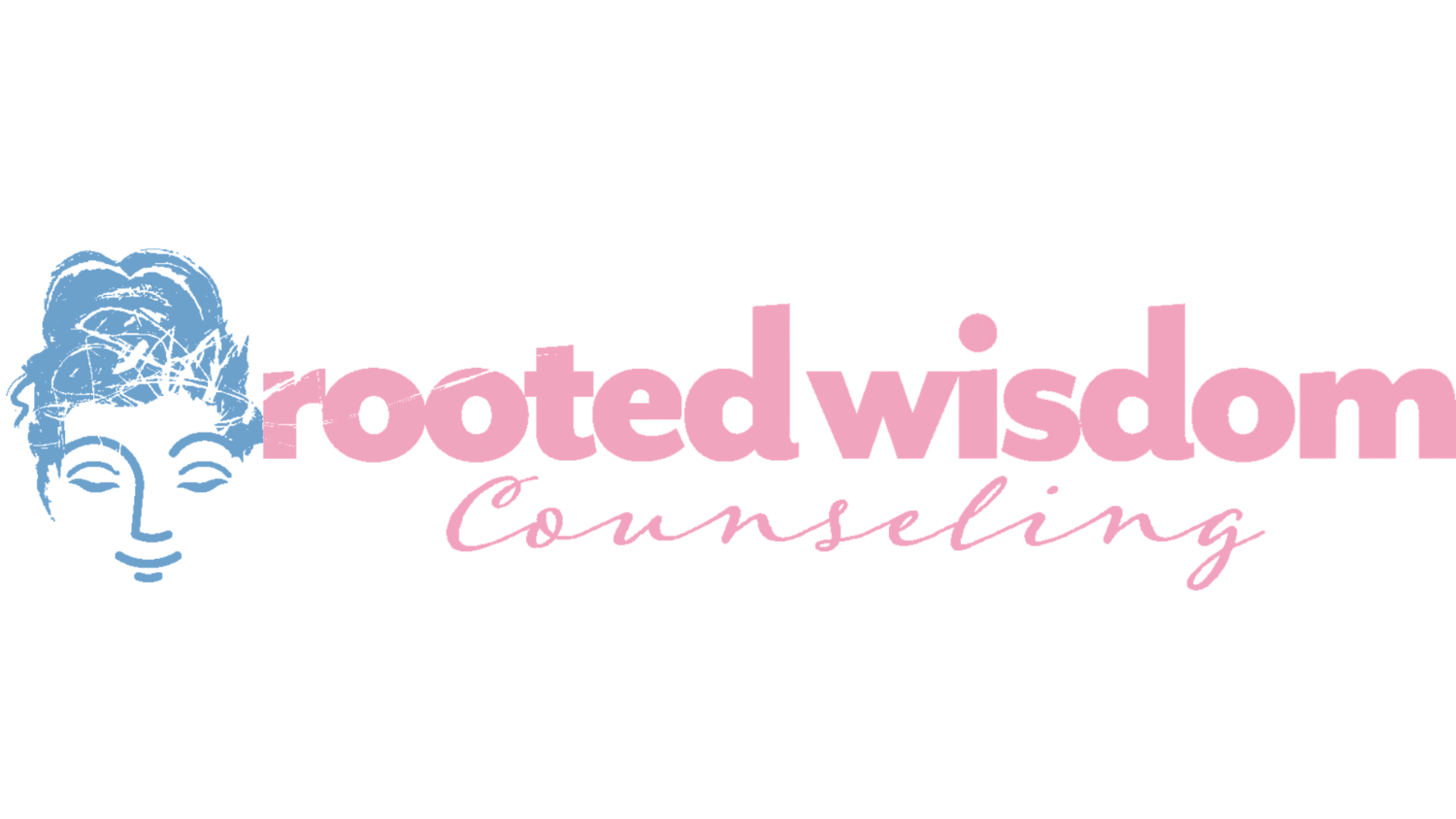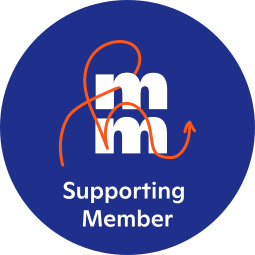How to Work on Negative Body Image
I have worked with people ages 10 to 70 who have suffered from negative body image and I am always struck and saddened how other people and systems in their lives have reinforced this idea that there is something wrong with their bodies. The ones providing shame messages aren’t just any people, these are people in power and people who are meaningful to them. When you go to the doctor to get checked out, you seek their advice and see them as knowledgeable people. I have heard countless stories of people going into the doctor for their yearly check up, for pain or other medical concerns only for the doctor to hyper focus on their weight (and sometimes in larger bodied folks, miss medical issues). Kids have been put on diets and adults too even though research shows that at least 95% percent of diets don’t work and actually end up making people higher weighted down the line (with dieting, your brain doesn’t have a clue what’s going on but thinks there’s a famine so starts to slow down and holds on to as much as it can to survive). Well meaning parents have put kids on diets and commented on their body size. What if we looked at body size the same way we looked at height?
You internalize the messages you are told about your body
If you continue to hear messages from family members, peers, the medical community and society at large that your body is bad, too this or too that then you have and likely will feel shame. When you experience shame, you might think there is something inherently wrong with you. Brene Brown talks a lot about shame and one thing she highlights in many of her writings is knowing the difference between shame and guilt. Guilt can be a helpful emotion but shame is debilitating. Guilt sounds something like, “I did something bad” but shame sounds like, “I am bad”. Some examples of negative body image thoughts that connect to the feeling shame might sound like, “I am a failure”, “I need to lose X amount of weight before I can do X”, “everyone is looking at me and judging me”, “I am mortified at this picture” or “I am such a (fill in the negative judgment here)”. Worthiness gets connected to body size and shape. Our feelings of love and belonging get tied up into our body. Sonya Renee Taylor’s book, “My Body is Not an Apology” touches on the fact that we love ourselves internally and externally as toddlers. She talks about how babies and toddlers walk around so proud of themselves, squishing their bodies with complete love and affection. But something happens as we age. If our body doesn’t fit into what is deemed ideal by those in power or “healthy” by the diet industry, something is assumed wrong or bad. We lose our love for ourselves and start trying to change our body in order to get that love back.
How to start healing your relationship with your body
Collect data: An important starting point is to begin asking what some of your beliefs about your body are and from where they derived. Humans have an average of 30,000 thoughts per day which is a lot and they are going in many different directions and often out of awareness. You can start by slowing down, pausing and reflecting each day on themes and patterns that show up in your beliefs surrounding your body. You can jot some of these beliefs down on paper, in your phone or mentally start tracking them. Over time, this process gets easier. The more you get to know your internalized beliefs about your body, the more empowered you will be to question them and transform them.
Do a media cleanse: Pay close attention to the media you experience each day which might include social media, radio, podcasts, television, magazines, etc. and notice how they impact you. Ask yourself how certain bodies are portrayed and what bodies are left out. Take an intentional break from some and add in new media that reinforces and empowers you in your healing process with your body.
Imagine yourself as a child: Start picturing your younger self when you are in a downward spiral of negative thoughts about your body. You might even find a picture of your younger self to carry around with you. Start practicing responding to them in a new and loving way. It can be healing to imagine your core self or future self kneeling next to them and giving them compassion.
Interrupt body checking: Body checking can show up in many ways. You might be looking at yourself in the reflection of the mirror or windows for extended periods of time, squeezing certain parts of your body, avoiding looking at your body or weighing yourself compulsively. This is likely a habit, so it will take some time to interrupt. Place peaceful, loving images or write helpful and loving statements on your mirror. When you are looking in the mirror, look at your whole self vs certain body parts and make it quick. Setting a timer or playing music can be a helpful way to set boundaries with how long you are looking at your body. The longer you look at your body, the more distorted it becomes. Have a loved one gently remind you to stop squeezing your body or have a ring or small fidget in your hands when you are vulnerable to negative body image thoughts. Ask a friend to take your scale or work on exposing yourself to seeing your body over time (it’s best to do some of this work with guidance from your therapist)
Practice body affirmations: Ask yourself what you needed to hear long ago when you were a child. What did you deserve to internalize and what relationship do you want with your body and ultimately yourself, going forward? Write these down and repeat them daily.
Exposure work: This can be really hard but very important. This might be slowly bringing more awareness (ideally with the guidance from a trained therapist) to your body over time. Many people avoid wearing certain types of clothing. Challenge those negative beliefs and ideas that you have to be a certain size to enjoy things like swimming or dancing. Practice wearing that swimsuit you’ve avoided wearing but love in your house before going to the beach. Wear shorts or a dress if that is hard for you but build up to it.
Get rid of those old clothes or “sick clothes”: If you are holding onto clothes from years ago or clothes that do not fit you, get rid of them. This is a difficult process for many and can be helpful to do in steps or do with a loved one. You might be holding onto these in hopes to, someday, fit into them. If you want to heal and let go of the romanticized idea that everything will be better when you can wear those jeans, it’s time to donate, burn, rip or create something new with them. Saying goodbye to this way of being is scary and can feel overwhelming but doing so will bring you further on your path towards self love and freedom and that makes it all worth it.
Fill your brain with healthy knowledge about your body: Buy books, listen to podcasts and find local Health At Every Size (HAES) medical providers that reinforce the message that all bodies are deserving of love and belonging. Some of my favorites are: Sonya Renee Taylor’s book, “Your Body is Not an Apology” and a podcast with Christy Harrison called, “Food Psych”.
If you are needing support with body image issues, please reach out to Megan Tarmann, LMFT for online and in person therapy in Minnesota.



